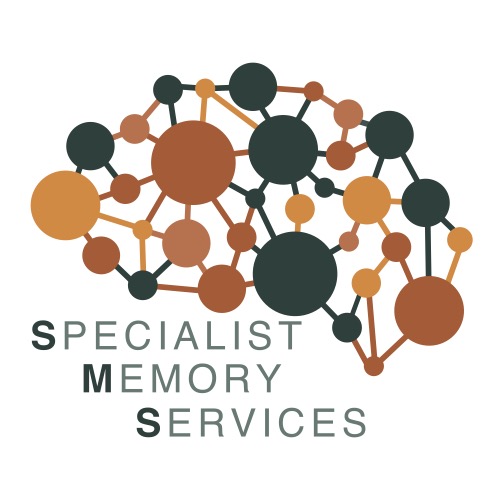Investigations
Investigations and Further Assessments
An MRI brain is preferred over a CT brain because it gives a better detailed picture of brain structure. Sometimes it is not possible to complete an MRI for example if a patient has a metal object such as a pacemaker. In this case a CT brain would be recommended. A normal MRI or CT does not rule out dementia.
More information on MRI including on safety checking is provided by the referral radiology service.
Special “coloured” maps of the brain are produced. Areas of the brain that take up the glucose represent “healthy” active tissue and appear in black or blue. Areas that do not take up the glucose appear in brighter, warmer colours and are underactive (not functioning as well). It is the location of these unhealthy areas that can be very helpful in the diagnosis in certain types of dementia.
We find this information on how a brain is functioning can often provide valuable supplementary information to the structural information of an MRI brain. More safety information on PET is provided by the referral radiology service.
If we are concerned about a patient’s vascular health a fasting glucose, fasting lipids, and electrocardiogram (ECG) is completed.
In certain cases we may organise a sleep study to look for evidence of sleep apnoea and an electroencephalogram (EEG) to look for seizures.
A normal scan effectively rules out Alzheimer’s disease. A positive scan in a patient that has cognitive symptoms is supportive of Alzheimer’s disease. However, this scan must be interpreted in the context of clinical symptoms and cognitive test results especially for patients over the age of 70. This is because approximately a third of patients in this age group will have a positive amyloid scan but have no clinical symptoms of Alzheimer’s disease. Research is still ongoing to work-up the significance in terms of future outlook of positive amyloid results in patients without symptoms.
